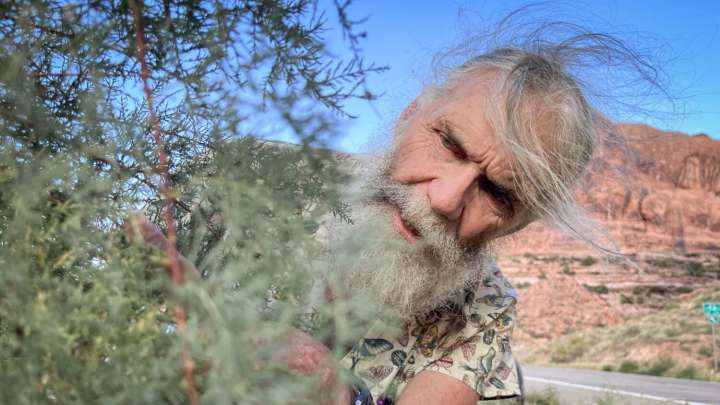This article is published through the Colorado River Collaborative, a solutions journalism initiative supported by the Janet Quinney Lawson Institute for Land, Water, and Air at Utah State University. See all of our stories about how Utahns are impacted by the Colorado River at greatsaltlakenews.org/coloradoriver
Killing a tamarisk tree is a tough job.
Unless you’re a hungry tamarisk beetle. Then it’s just lunch.
In their native Asia, the trees and beetles live in equilibrium. But when tamarisks were introduced to the West in the 1800s for ornamentation and erosion control, the plants had no natural enemies to keep them in check. They soon ran wild across the Colorado River Basin and began to wreak havoc on native ecosystems.
Two decades ago, Utah officials responded by releasing t

 KSL 5 TV
KSL 5 TV

 New York Post
New York Post CNN
CNN WXYZ-TV
WXYZ-TV Associated Press US and World News Video
Associated Press US and World News Video Newsday
Newsday The Daily Sentinel
The Daily Sentinel KFVS12
KFVS12 The Babylon Bee
The Babylon Bee The Bay City Times
The Bay City Times Sarasota Herald-Tribune
Sarasota Herald-Tribune AlterNet
AlterNet